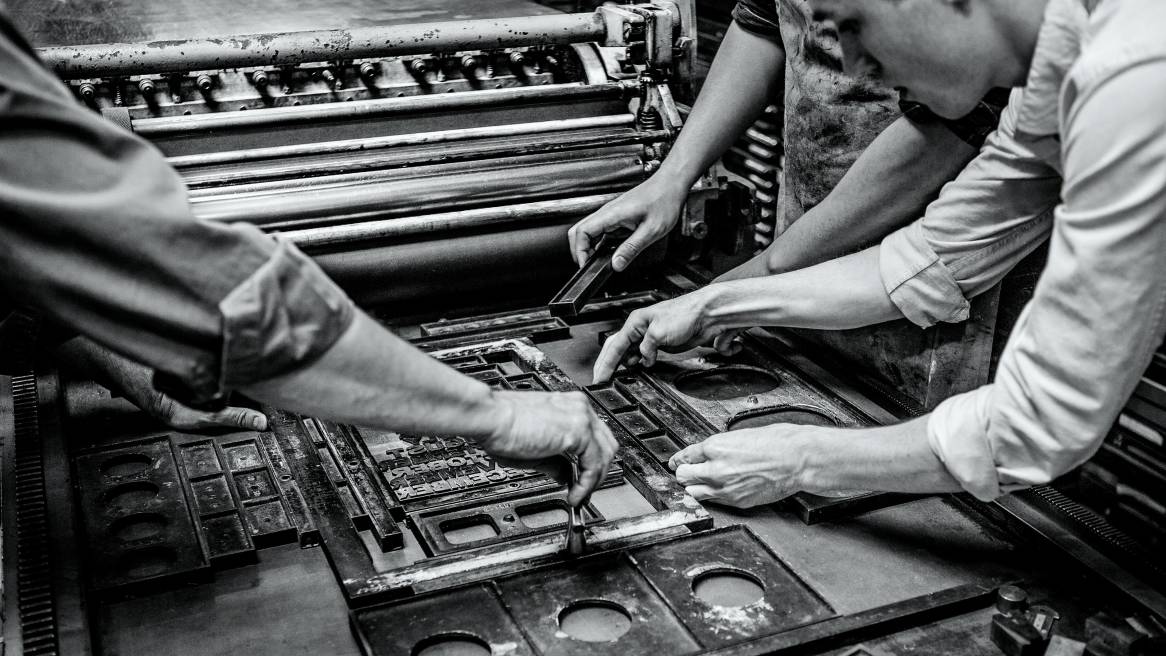Participate: The Culture of Customization
Learn how Coalesse is empowering more personal expression through its point of view on the co-creation of products in a new era of participation.
Participate explores how Coalesse brings its point of view to the co-creation of products. Learn how Coalesse is empowering more personal expression in a new era of participation.
Customization is rising today at the intersection between contract and consumer market expectations— driven by new capabilities that empower personal expression and increased participation in the creation of individualized goods. Coalesse studies how customization has evolved in the greater design ecosystem, pushed both by a steady appetite for the value and heritage of handcraft and the democracy of newer technologies that engage consumers deeper in the product-making equation than ever before.
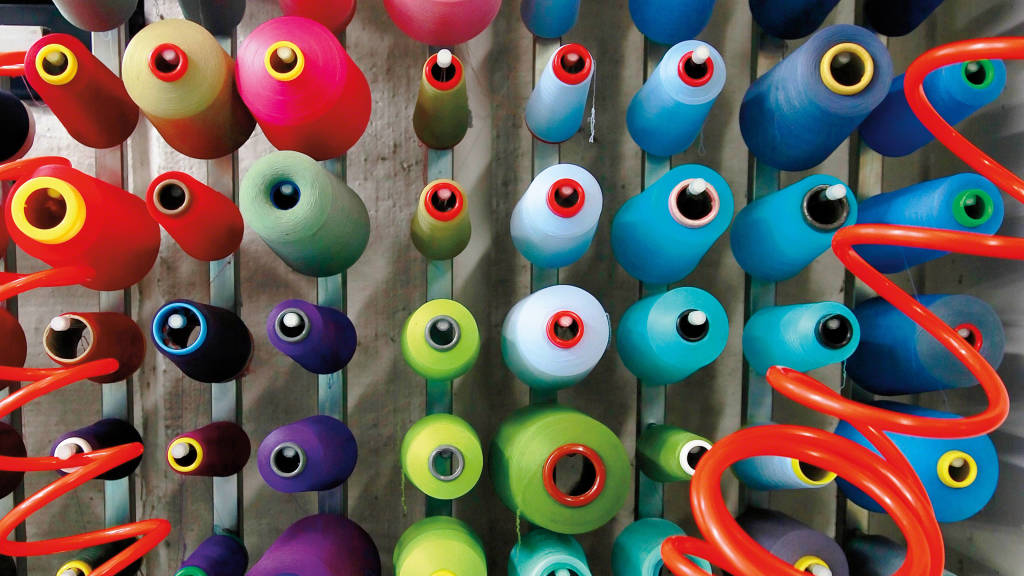
The Artisan Age
Make a Mark.
Be the Muse.
For centuries, the act of refining an item before it’s fabricated has been seen as a mark of privilege, the exclusivity of the tailor-made. The significance of the bespoke suit, the commissioned jewel, even the made-to-order meal or craft-blended coffee preserves the high value of what is seen as custom.
The origins of the custom lie in the artisan age and its resurgence today in maker movements, where goods are created in a highly crafted way for the distinction, quality and status that their workmanship and design confer on the owner. It’s about hand-selected ingredients, slower cultivation and richer stories to share. This is the anti-assembly line and, therefore, these goods tend to be time-consuming, often costly, quite singular and necessarily skilled in their composition. The world of the custom is desirable and aspirational because it’s unique, in some artistic fashion.
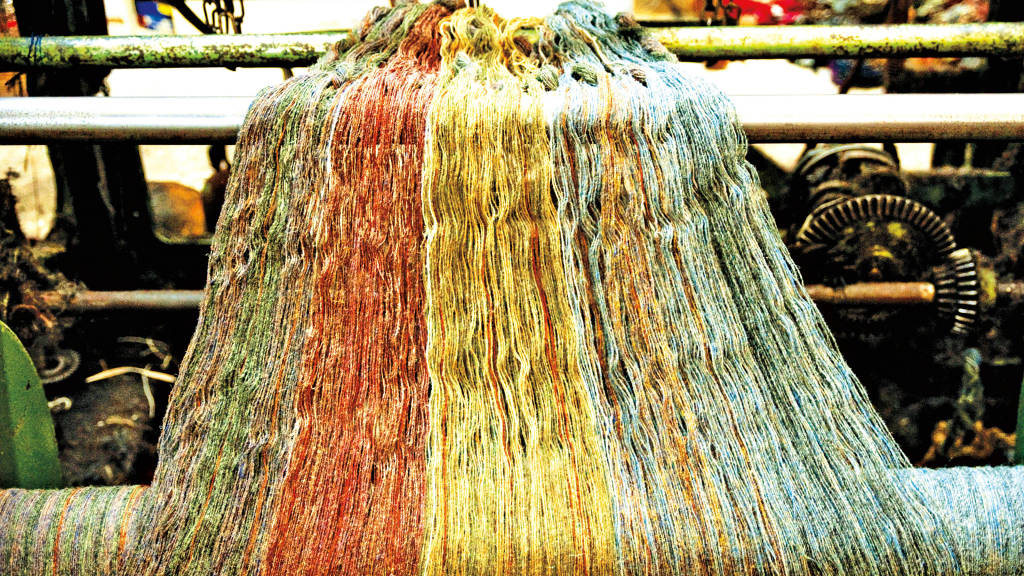
In fact, part of the early meaning of the word comes from the Old French for costume—and there is a built-in fashion to custom items. More so, this made the original customer more a patron and less a buyer or consumer.
In the rising era of home and product design, this phenomenon has been embodied in the one-to-one relationship between a client and an architect or designer. These specialists are charged with creating a highly personalized custom result out of many one-of-a-kind elements. So, the custom in this sense has become not only the domain of a single object, but also the sum of individual parts, in the composition of a unique setting or complete environment.
For the even more collective domain of a workplace, how has that value been transferred? How do we apply the qualities of customization that promote personal expression to a much larger group of people or a scalable set of products? What do designers need, to enliven an impersonal office… and to overcome the commonality of its prevailing furnishings?
The original, special-made object or environment represents the first wave of customization. The patron, or the client, is the recipient of the desired outcome. The focus is on the artist—the designer, the architect, the studio—who creates something for us or about us, not really by or with us. We’re the captivated audience. The opportunity cost for this activity is high; our participation is low.
“The origins of the custom lie in the artisan age, where goods are created in a highly crafted way for the distinction, quality and status that their workmanship and design confer on the owner.”
The Mass Monogram
Make it Matter.
Because it’s Mine.
The rise of the consumer economy has brought better design choices to a wider populace. Manufacturing has standardized quality, but it’s lowered the uniqueness of the individual product. A smart phone is a gorgeous piece of industrial design; even the most utilitarian denim is more flattering than ever. But my purchase is going to be exactly the same as yours. Different brands of phone or jeans certainly get us partway to more variety, but where is the customization in commodity?
In the modern era of stock goods, we change things after they’re made. This accessorizing is a potent form of self-expression. The phone is enrobed in our choice of case, with our selected imagery on the touch screen and custom sounds that we can choose for our ringtones. Patches go on the pair of jeans or jacket; fabric is distressed, darkened or lightened. We put our imprint on our possessions. Call it the mass monogram.
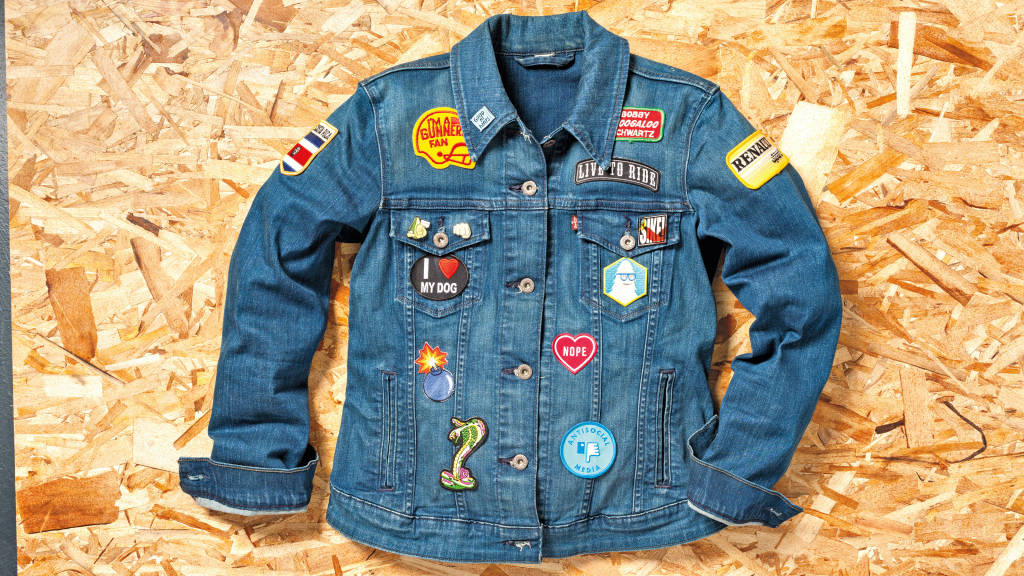
Personalization is the second wave of customization. Like the bespoke design, this leads to a mostly solo result: to make it mine, in that hard-wired human desire to ornament, illustrate, differentiate. But personalization has a growing sense of involvement in it, a motivation for the consumer to start becoming part of the design process. The trending influences of applied personal style even drive companies to design and redesign products with more of the custom ingredients and add-ons that people want. The choices we make here are therefore incredibly meaningful, even though they may be a surface treatment and are most often decorative. In the wider culture, this type of personalization has engendered the freedom to individually mix and remix aspects of virtually all the indispensable goods we carry around with us.
In the workplace, it might mean the select combination of standard finishes and formats to make a diverse mix of settings, out of the same classic chairs, tables and storage pieces that would be used a different way in another office. This mixology is the heart of how we can take advantage of the same items and menu of choices, and then combine them in our own way. The question is how customization can go much further in fulfilling that drive for personalization and deeper meaning—without losing the efficiency
and convenience of ready-made choices.
“In the modern era of stock goods, we change things after they’re made. We put our imprint on our possessions.”
The Co-Created Artifact
Move the Needle.
Become the Maker.
There’s an emerging third wave, where much of the new customization is now being imagined: the application of unique design choices during the manufacturing of our own product. This is the deeper act of participating in the design process, to customize an existing form. It’s the artifact that is made with us.
Design as a discipline perennially allows us to customize by adjusting a basic form with the tools of color, pattern, material, feature, size and shape. Paint the same room several different shades and it will communicate a new personality each time. Upholster one sofa in fabric or leather; change the color or gauge of the stitching. Every option is built on the same frame, yet the outcomes are very personal and much more crafted in feeling than the stock model.
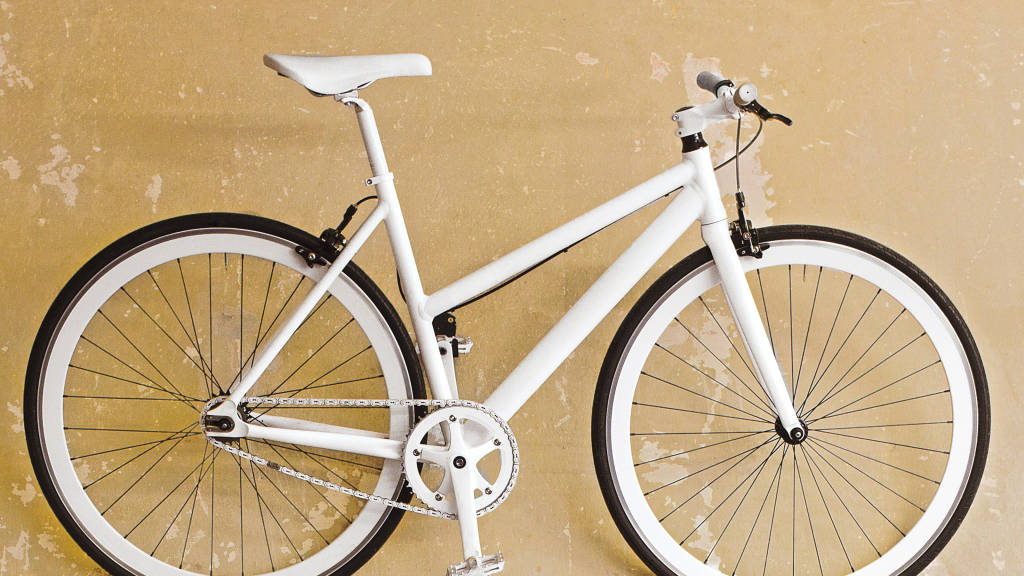
What’s the difference, then, from the bespoke? Time is one factor. Where the bespoke is made from scratch, this type of customization begins with a pre-set framework or platform. The manufacturing may be partially automated so that the item is produced faster, making the customized product more attainable, without sacrificing personalization.
Another factor is technology. Modern engineering has created incredible advances in materials and machine enabled design. And digital tools now give us personal authorship over aesthetic choices, to an extent that has permanently collapsed the space between the product and the consumer, and what can be customized. The era of co-created artifacts now enables us to curate nearly every aspect of our experience—clothes, cars, vacations, social connections—often with just a few easy clicks on a screen. It’s formidable, and a new form of empowerment.
What’s more, we’ve been conditioned to expect a lighting-quick response time, creative control, and ultimately, a more meaningful experience. The entry cost to such transactions is lower than it’s ever been, while the emotional investment is higher. That makes participation a truly inclusive prospect in design, and the area where we can keep moving the needle toward more sophisticated customization.
The next opportunity is to migrate that empowerment, its imagination, ease and speed, to the world of work. Coalesse welcomes this evolving wave of participation in its products, ranging from small batches to huge production runs. They want to engage the design community as participants in a creatively responsive experience, from end-to-end.
“The era of co-created artifacts now enables us to curate nearly every aspect of our experience, often with just a few easy clicks on a screen. It’s formidable, and a new form of empowerment.”
The New Customization
How We Help
As both a San Francisco-based design studio and a global furniture manufacturer, Coalesse is naturally attentive to how detail and craft can determine the individuality of a product. “Customization for us isn’t just inviting change; it’s offering the personal assistance to take on all of the questions and answers, while anticipating what problems to solve, so that you don’t have to,” explains Lewis Epstein, general manager of Coalesse. He adds that Coalesse sees this role as making “our product into yours,” with support for the A&D community that is dedicated to delivering convenience: “It’s our part of participation, intended to save you time, reduce your stress and let you focus on what you do best: design.” “The emerging technological tools of modern customization can now put designers at the helm earlier in this collaborative process—to derive your product on the foundations of ours,” continues Epstein.
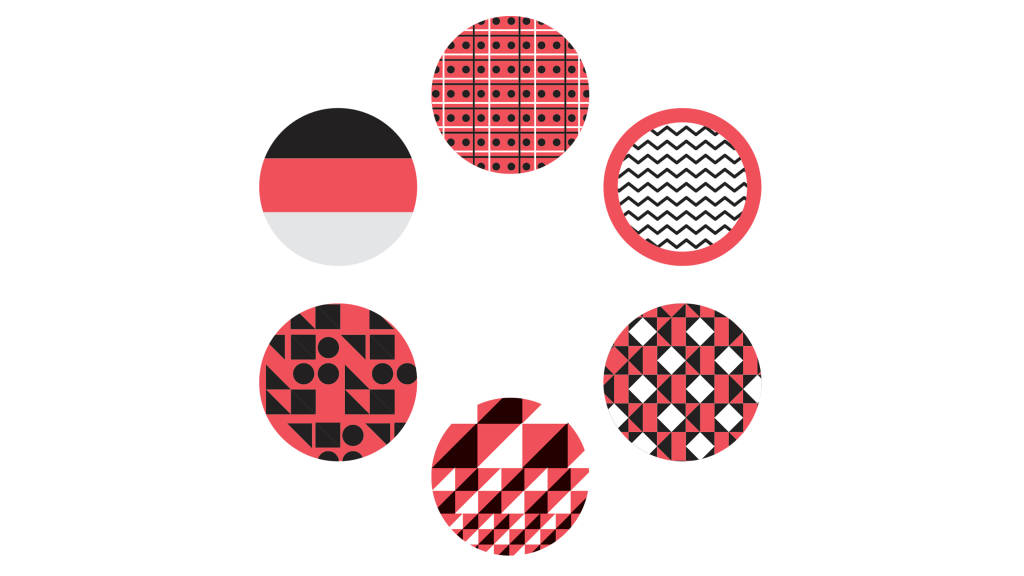
There are six primary categories of design that we affect: Color, Pattern, Material, Features, Size and Shape.
The company organizes its customization capabilities into six primary categories of design that can be affected: color and pattern, material and features, size and shape. New resources such as 2D and 3D modeling, small-batch production capabilities and the genesis of web apps deepen the interaction and offer virtually infinite options of color and pattern.
But as with so much technology, digital assistance on its own can miss the mark of human experience: how the stretch in a certain fabric adapts to the contours of upholstery; where to source a special material for a tabletop; a voice on the other end of the line who assures that the delivery will happen on time. For the customized piece of furniture, personal assistance is as enlightening as technology is empowering.
It’s when these two capabilities come together that the deeper engagement of participation takes hold.
“The emerging technological tools of modern customization now put designers at the helm earlier in this collaborative process—to derive your product on the foundations of ours.”
Case Study
Personal Assistance + Digital Assistance
The LessThanFive Chair explores an innovative material, carbon fiber, to mold extremely lightweight furniture with a highly tailored level of detail. Carbon fiber has been extensively utilized for its incomparable strength-to-weight ratio across the automotive and sporting goods industries, but it is still relatively uncommon in the furniture marketplace.
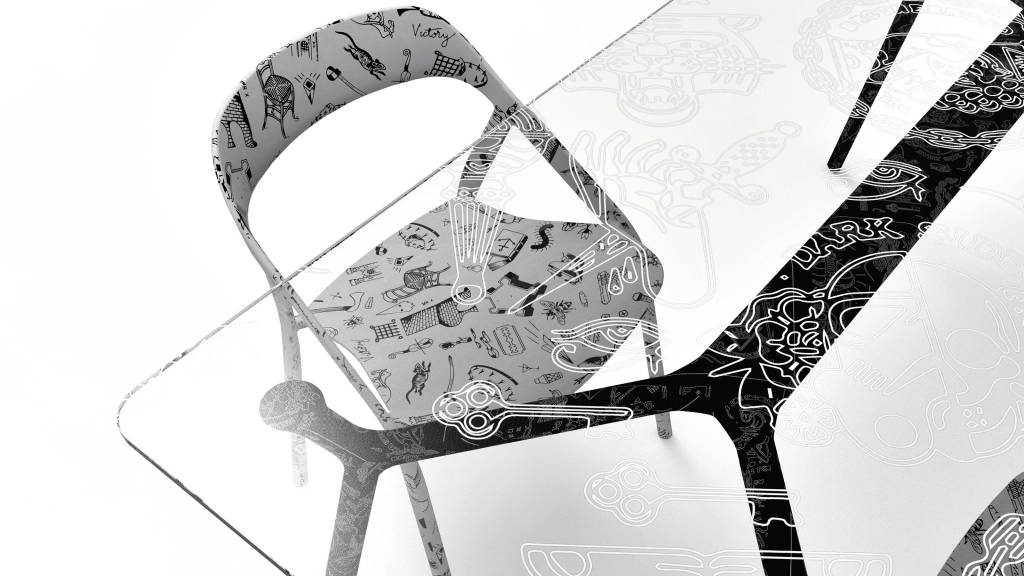
When Coalesse launched LessThanFive, the Coalesse Design Group, led by Director of Design John Hamilton, was intrigued by carbon fiber’s potential for customization. The material’s surface is highly receptive to paint finishes of any color as well as integrated, perfectly registered appliqués of the most intricate patterns. Consumers were already customizing boutique bikes online in this fashion, for example, adapting a stock frame with several easy clicks of color and pattern to make it their own. “We were inspired by these capabilities, so we looked for a way to capture the convenience of a simple consumer tool for personalizing our LessThanFive Chair,” says Hamilton.
The Coalesse Design Group proceeded to develop its own customizer in the form of an openly accessible web app, which allows anyone to participate at this deeper level of individualized design.
“The LessThanFive and MoreThanFive series are models for the age of Participation.”
Now, the LessThanFive app invites architects and designers to import literally any color or color combination, and configure any pattern, onto the chair. Yet unlike other configurator apps, every individualized order is then managed by Coalesse’s concierge team as a seamless part of the product offering, to ensure that customers have a rewarding experience as their chairs are manufactured. Expanding on this direction, the companion MoreThanFive Table—a concept in development—opens up new opportunities to create a bespoke statement. Carbon-fiber table frames support clear glass tops available in three shapes and sizes, and both materials can be specified for applications of any custom color and pattern. John Hamilton explains, “With color and pattern and shape and size all free to be mixed in countless ways, this latest wave of multifaceted customization empowers designers to participate and make a more powerful mark.”

